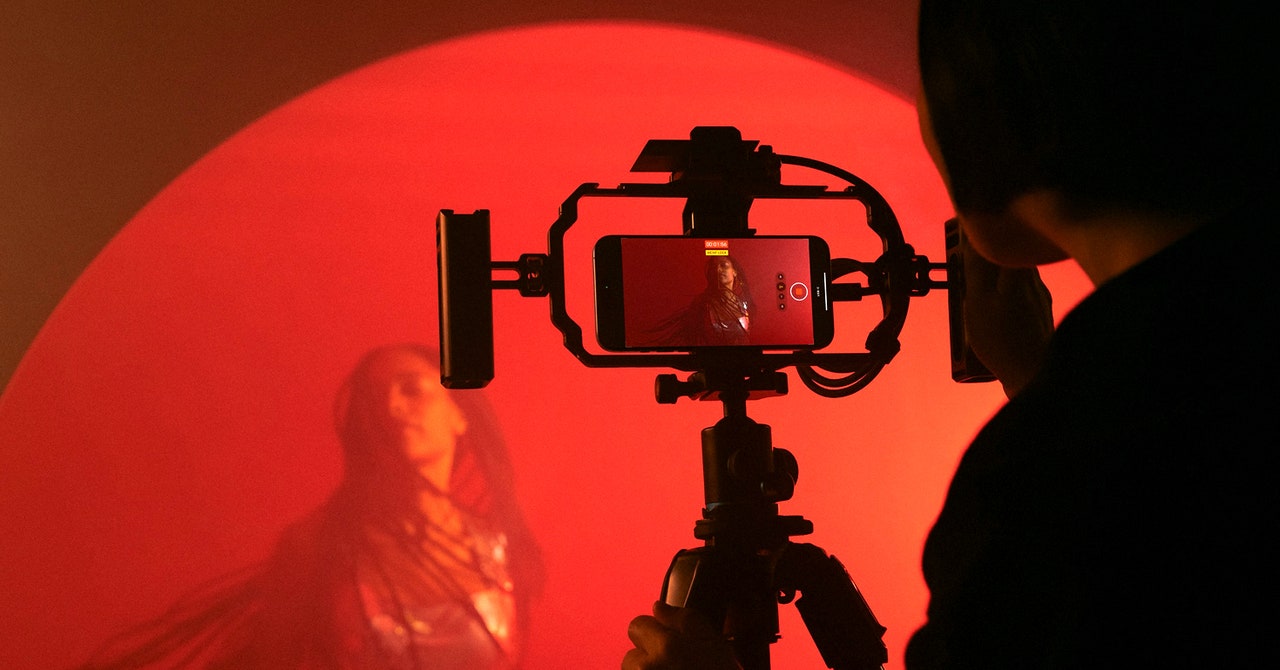

Just as Apple was wrapping up its annual presentation of a brand new iPhone on Tuesday—a whole suite of them, plus a watch—the company’s senior vice president of marketing Greg Joswiak let slip that two new iCloud plans would launch on September 18. Somewhat remarkably, the in-person crowd of more than 300 Apple acolytes and members of the global press were more enthused by the new iCloud tiers than they were by the iPhones’ new USB-C port.
These are “iCloud+” plans, signifying a premium Apple service, the kind that might make your wallet wince. The first new iCloud+ tier offers 6 terabytes of cloud storage for $30 per month. The next option up is double the price for double the storage: $60 for 12 TB.
$60 per month for iCloud is indeed pricey. It’s also Apple’s future, one that includes phones or heads-up displays loaded with spatial video, customers paying subscription fees for various services, and Apple worming even deeper into our tech lives.
The Gathering Clouds
Convincing customers to store even more of their digital goods in iCloud makes it much harder for them to leave Apple’s ecosystem. There’s the actual cost of the service, and then there’s the so-called switching cost: the hassle that comes with deciding to leave and trying to move all your data from one service to another. With its new iCloud tiers, Apple is promising premium features like Hide My Email, Custom Email Domains, and HomeKit Secure Video as a part of the service. But just as many people will be lured in by what seems like a lifetime’s amount of photo storage.
“It’s a good business opportunity for Apple, because most users will need more storage in the long term,” says Francisco Jeronimo, vice president of data and analytics for IDC Europe. “The issue with bringing better and better cameras to everyone’s hands is we take more and more high-resolution photos and videos.”
More cloud storage is also valuable for Apple’s creative class, says Carolina Milanesi, founder of the technology research and consultancy firm The Heart of Tech. “For creators on the Pro iPhones, it’s more of a need.”
“The only thing I’m going to buy from the Apple event announcement today is the 6 TB iCloud storage,” tweeted Kunal Kushwaha, a YouTuber and the founder of online education service We Make Devs.
And, Milanesi points out, as Apple gets nearer to the launch of its (even more expensive) Vision Pro headset, the local storage on people’s iPhones may fill up even faster. The Vision Pro supports spatial photos and video—and today, at the iPhone event, Apple said its iPhone 15 Pro phone will capture 3D spatial videos. “This sets up the future of creating content for the Vision Pro,” Milanesi says.
Apple’s free iCloud option, which offers only 5 GB of storage, is still available, as are its 50 GB, 200 GB, and 2 TB options. Google’s cloud storage options for consumers, in comparison, range from $3 a month for 200 GB, to $50 per month for 10 TB.









